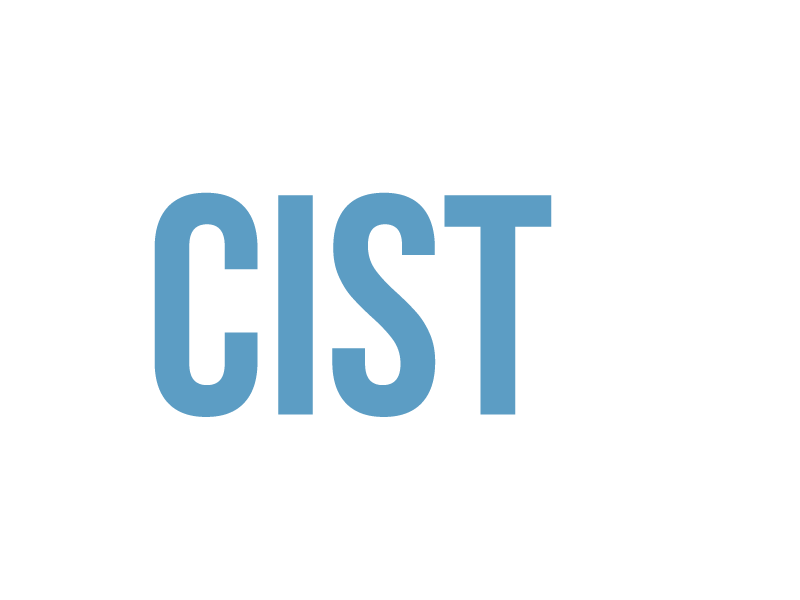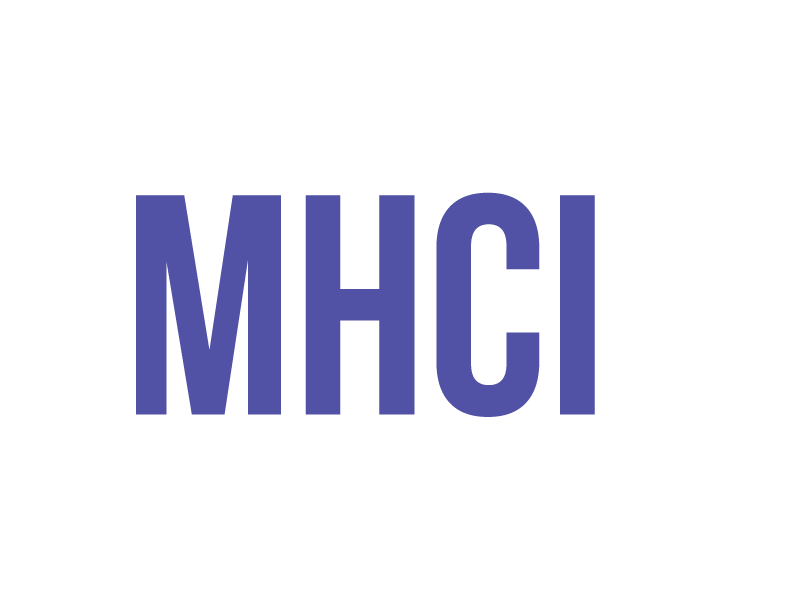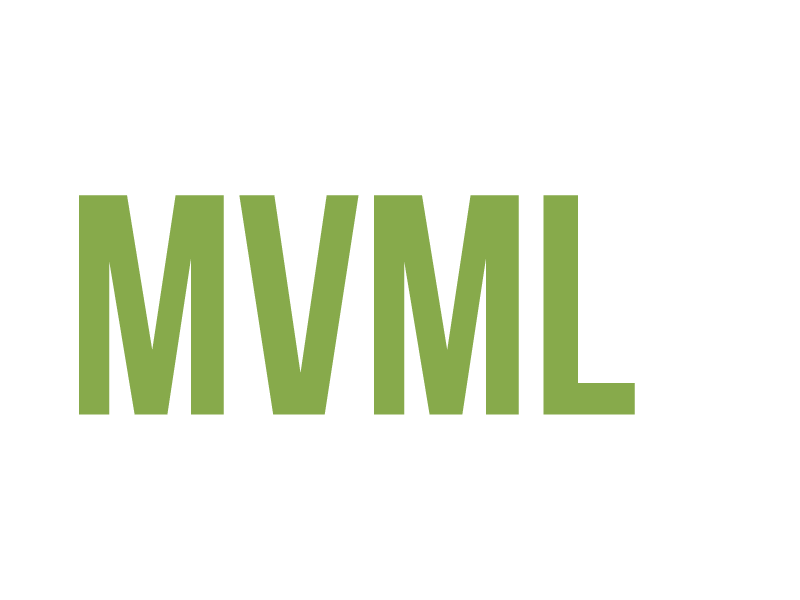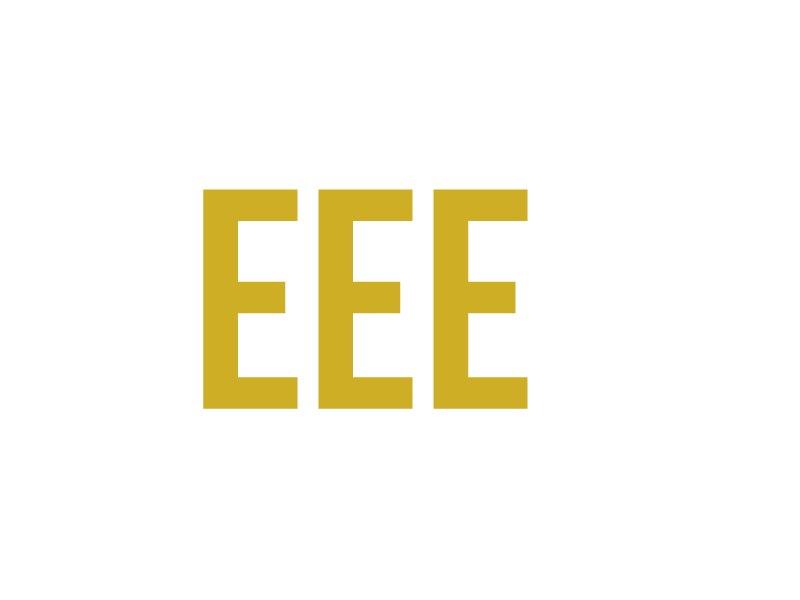Submissions in the form of extended abstracts, short author-guidelines, and full manuscripts are welcome.
- all submitted author-guidelines will be peer-reviewed
- the congress proceedings will be published under an ISSN and ISBN number
- each paper will be assigned a unique DOI number by Crossref
- the conference proceedings will be indexed by Google Scholar
- the proceedings will be permanently archived in Portico (one of the largest community-supported digital archives in the world).
- selected author-guidelines from the congress will be submitted for possible publication in the one of the journals below (publication fees may apply).
Paper Topics
Interested authors, researchers, and industrial experts are invited to submit their author-guidelines to the conference that best resonates with their technical background. At the same time, attendees are permitted, and encouraged, to attend talks from co-located conferences.
Computer and Information Science and Technology
- Anonymity Technologies
- Applied Computer Science
- Artificial Intelligence
- Circuit Design
- Cloud Computing
- Communication
- Computer Forensics
- Computer Hardware
- Computer Vision
- Data Mining
- Digital Information
- E-learning
- Education
- Firmware Development
- Graphics and Visualization
- Hardware-software Integration
- Human-computer Interaction and Interactive Multimedia
- Image Processing
- Information Theory
- Information Theory, Systems, and Technology
- Internet Technology
- Machine Learning and Pattern Recognition
- Modeling and Simulation
- Multimedia Computing
- Networks
- Next Generation Systems
- Online Privacy
- Operating Systems
- Optimization
- Programming (languages)
- Reliable Computing
- Robotics
- Simulators
- Soft Computing
- Software Engineering
- Trustworthy Computing
- Virtual Environments and Haptics
- Wearable Computing
- Web-based Security Applications and Services
Machine Vision and Machine Learning
- Adaptive Systems
- Affective Computing
- Artificial Intelligence for Machine Vision
- Camera Calibration
- Data Mining for the Web
- Event Recognition
- Evolutionary Computing
- Face, Gesture, and Action Recognition
- Image/Video Processing
- Logistics
- Motion and Flow
- Neurocomputing
- Object Recognition
- Object Tracking
- Pattern Recognition
- Perception-based Studies for Image/Video Processing
- Person, Face, and Gesture Tracking
- Soft Computing for Machine Learning and Pattern Recognition
- Soft Computing for Machine Vision
- Statistical Methods and Learning
- Texture, Shape, and Colour
- Video Compression
- Video Content Analysis
- Vision and Learning in Robotics
Multimedia and Human-Computer Interaction
- 3D Imaging
- Adaptive and Personalized Interfaces
- Aesthetics in Multimedia and HCI
- Analysis and Design
- Animation and Graphics
- Architectures for Interaction
- Augmented Environments
- Computer-Based Learning
- Databases, Digital Libraries
- Distributed Environments
- Dynamic and Real-Time Content Generation
- Emotions in Multimedia and HCI
- Evaluation Methods and Techniques
- Face and Body Based Interaction
- Grahpical User Interface
- Haptics
- Home and Entertainment Systems
- Human Factors
- Intelligent and Autonomous Agents
- Interaction Design
- Interaction Through Wireless Communication Networks
- Marketing in Multimedia and HCI
- Measurement and Evaluation
- Multimedia Coding
- Multimedia Design
- Multimedia Communication, Networking and Mobility
- Multimedia Security, Content Protection, and Forensics
- Multimedia Transmission
- Multi-modal Integration
- Non-verbal Interfaces
- Service Engineering
- Signal Processing
- Social Media
- Speech, Audio, Image, Video Processing
- Speech and Natural Language Interfaces
- Standards and Natural Language Interfaces
- Tangible User Interfaces
- Text and Pattern Processing
- Usability Studies
- Visualization
- Virtual Worlds
Biomedical Engineering and Systems
- Bioelectrical Engineering
- Biofluid Mechanics
- Bioinformatics
- Biomaterials
- Biomechanics
- Biomechatronics
- Biomedical Devices
- Biomedical Engineering
- Biomedical Optics
- Biomems
- Biophotonics
- Biosensors
- Brain-Computer Interfaces
- Cardiovascular Biomechanics
- Computational Biology
- Computer Aided And Automated Diagnosis
- Drug Design
- Functional Imaging
- Gait and Posture Analysis
- Gene Networks
- Health Monitoring Devices
- Medical Imaging and Image Processing
- Molecular Sequence Analysis
- Nanotechnology For Biomedical Applications
- Neuroengineering
- Neuroimaging
- Pattern Analysis For Biomedical Applications
- Robotics
- Sensors and Instrumentation
- Telehealth
- Telemedicine
Electrical Engineering and Electronics
- Analog Circuits and Digital Circuits
- Antennas and Waves- Design, Modeling and Measurement
- Automation
- Battery Management System
- Circuits
- Communication Systems and Engineering
- Control Systems
- Electrical Engineering
- Electromagnetics
- Electronics
- Embedded Systems
- High Voltage Engineering
- Information Systems
- Instrumentation
- Mechatronics
- Microwave Circuits
- Mobile Computing
- Network Performance
- Parallel and Distributed Computing
- Photonics
- Power Electronics
- Power Systems
- Radio-Frequency Integrated Circuits
- Robotics
- Signal Processing
- Smart Grid
- Software Systems and Applications
- System on a Chip
- Transformers
- VLSI
- Wireless Networks
Ethics & Malpractice
Publication Ethics and Publication Malpractice Statement The following statement is mainly based on the Code of Conduct and Best-Practice Guidelines for Journal Editors (Committee on Publication Ethics, 2011).
Editors
Editorial Board:
Technical committees consisting of experts in the fields are established. The boards/committees oversee the peer-review and publication process. To see the members of the committees, please follow the links below.
Equality and Decisions
One or more editor, editorial board member, chair, or reviewer (internal or external), are responsible for evaluating the relevance of the submitted manuscripts to the proceedings, technical and scientific merit, originally, and impact. These evaluations are to be carried out regardless of ethnicity, religion, gender, sexual orientation, political beliefs, and institutions. Successive to peer-review, the Editor-in-Chief has full authority and is solely responsible for the published content and the process thereof.
Confidentiality
Editor(s) and publishing staff may not disclose manuscripts or their content, directly or indirectly, to anyone other than individuals invited to review the manuscript (whether they accept or not), other editors of the same publications, and publishing staff.
Conflicts of Interest
Editor(s) and publishing staff may not utilize the contents of submitted manuscripts whether accepted or rejected, directly or indirectly for their own research purposes without prior written consent by the authors.
Reviewers
Contribution to Decisions
In order for final decisions to be made regarding acceptance or rejection of author-guidelines, we rely on peer-review. Peer-review is the process of experts in the field reading, understanding, and objectively commenting on submitted author-guidelines. Through peer-review, scholars give back to the academic and scientific community by helping the editor(s) make decisions regarding manuscripts.
Promptness
Reviewers should promptly notify the editor(s) if they are unable or unqualified to carry out their reviewing duties. Reviewers should do their best to provide the reviews to the editor(s) as promptly as possible, and within the designated time-frame.
Confidentiality
Reviewers must not share the contents of the manuscripts they receive for review, regardless of their decision to review or contents of the review, directly or indirectly, with anyone other than the person who has assigned the review.
Fairness
Reviewers should review manuscripts fairly and objectively, with supporting evidence or arguments, regardless of personal feelings or biases.
Thoroughness:
Reviewers should thoroughly read, understand, and provide constructive feedback with the aim of improving the manuscript. Reviewers should aim to identify and report technical issues, irregularities, mistakes, missing citations, and similarity to other published work.
Conflicts of Interest:
Invited reviewers should immediately inform the editor(s) in case of a conflict of interest based on competitive, collaborative, personal, family, and other relationships with the authors or people involved in the work.
Authors
Authorship
Only persons who have significantly contributed to the work and the manuscript can be named authors on a paper. These contributions include the idea/concept, design, experiments, evaluation, analysis, drafting or revision of the manuscript, and others. Authors must all have agreed to be named as such and for the manuscript to be submitted. Anyone who has contributed based on the above, but the level of contribution is not significant, may appear in the acknowledgement section of the manuscript.
Accuracy, Originality, and Plagiarism
Authors should describe their work and the results of their work accurately and in full. The level of provided accuracy and detail should be such that a reader can replicate the work independently. Inaccurate, incomplete, fraudulent, and misleading statements are considered unacceptable and unethical. Direct or indirect use of other people’s work is not allowed, unless properly cited. Previous works that have influenced the current work should also be cited. Presenting someone else’s work as one’s own is strictly prohibited and is considered plagiarism.
Data and Material
Authors are encouraged to share their data, software, or other sharable material online, provided copyright and ownership laws surrounding that particular project permit. Authors may also be asked to share such material with the journal, editor(s), and/or reviewers, and must be willing to do so if asked.
Dual Submissions
Submitting a manuscript to more than one venue (conference, journal, etc) simultaneously is not allowed. Presenting previously published work to be considered as a new submission, without a significant new interpretation or analysis, is prohibited.
Conflicts of Interest
Authors must notify the editor(s) at the time of submission, if any factor outside the scope of the research has influenced any step of the work and manuscript writing. Examples of such factors include but are not limited to funding, grants, advisory and consultancy, stock ownership, current or past employment, and memberships, among others. All funding sources should be disclosed in the manuscript.
Animal and Human Subjects
Works involving human and/or animal subjects must ensure that the work has abided by institutional guidelines, and pre-approved by required bodies. Moreover, consent must be acquired from participants, and privacy of subjects must be ensured. All of the above must be specified with clear statements in the manuscript.
Hazardous Material
It should clearly be identified in the manuscripts if the works have involved hazardous chemicals and material, or devices that can be harmful.
Reporting of Mistakes, Errata, and Retractions
If an author identifies a major error in a published paper, he/she must immediately identify the publisher. Regardless of whether a significant error is reported by the authors of the work or other readers, authors are obligated to take the necessary steps to correct the issue. It is decided on a case-by-case basis whether an erratum will be submitted to notify future readers of the error and correction, or whether the paper will be retracted. Unethical/plagiarism issues mostly result in a retraction, while unintended mistakes will mostly result in the publication of an erratum.
Publisher
Errata and Retractions
The publisher takes the necessary steps to prevent mistakes, academic and scientific misconduct, and unethical behavior, both intended and unintended. When mistakes are reported, the publisher works with editor(s) and authors to publish an erratum clarifying the issue. In cases where the mistakes are severe and significant, the paper might be retracted. If unethical behavior, plagiarism, academic and scientific misconduct, or other such activities are proven to have taken place by an author or authors, the publisher will retract the paper.
Content and Archiving
The publisher preserves and stores all content digitally on their own servers, as well as through partnering with Portico (Digital Preservation and Electronic Archiving Service).
Copyright and Access:
The proceedings and related author-guidelines are all based on the open-access model, which means interested individuals and institutions can access the material for free.
Users are allowed to read, download, copy, distribute, print, search, or link to the full texts of the articles in this proceedings without asking prior permission from the publisher or the author. This is in accordance with the BOAI definition of open access.
Ownership and Management:
This conference-proceedings is managed and operated by the International ASET (International Academy of Science, Engineering, and Technology) and Avestia Publishing (the publishing arm of ASET).
Schedule:
This conference proceeding accompanies the conference, meaning a new proceedings will be published every year for the corresponding annual conference of this series.







